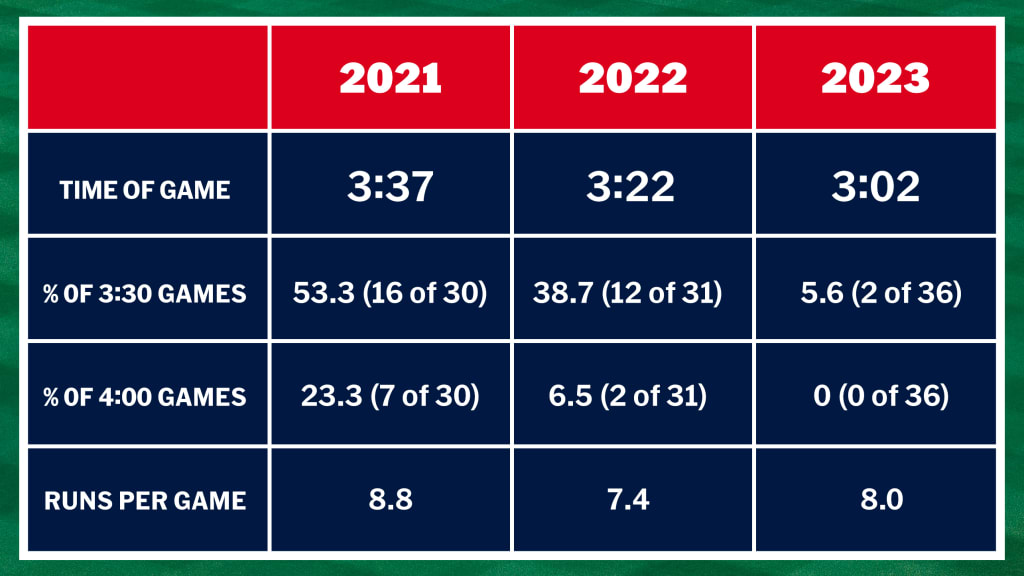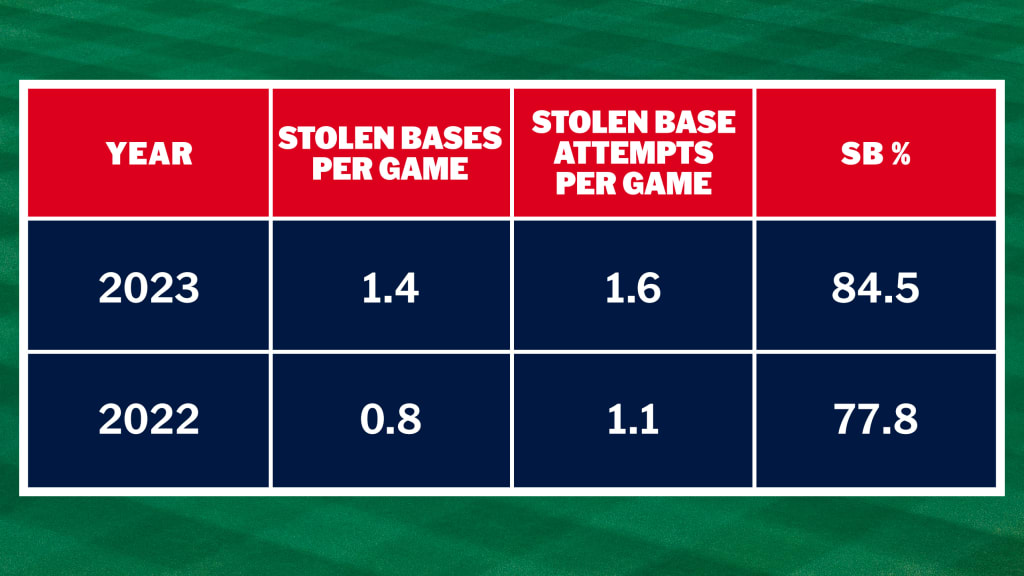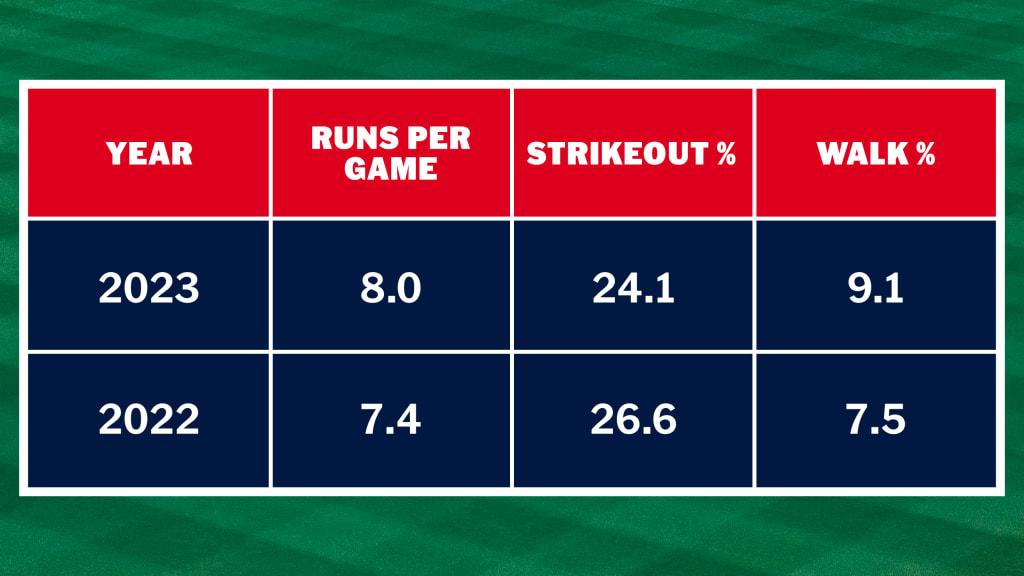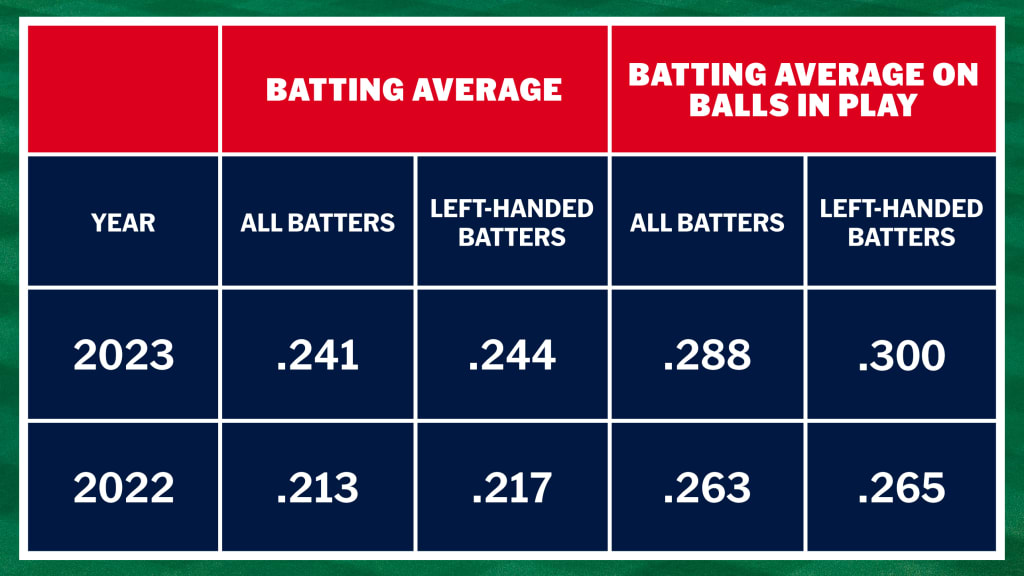Corbin Carroll of the National League champion D-backs and Evan Carter of the American League champion Rangers aren’t the only rookies who have made their mark in October.
Major League Baseball’s new rules that went into effect in 2023 have had a palpable impact on the once-plodding pace of the postseason
With the World Series upon us come Friday, these trends have become clear: Where once the sport slowed down considerably during the tense at-bats of October, now the pitch timer has created consistency. Teams have also continued to take advantage of the pickoff limits and bigger bases that created a spike in stolen bases. And, as a result of defensive shift restrictions, substantially more balls in play have gone for hits.
Here are some numbers that show the effects the rules have had on postseason play. Note that all historical data here includes games only through the League Championship Series round to make this a proper comparison.
Pace of play
The pitch timer’s impact on the average nine-inning game time has been dramatic:

The widespread adaption of the PitchCom system that relays signs from the catcher to the pitcher helped speed up the 2022 postseason. Now, the pitch timer has cut an additional 20 minutes off the average game time, despite an increase in run scoring from 2022.
The total absence of four-hour games and sudden rarity of games that last 3:30 has made the postseason more palatable for a viewing audience that no longer has to stay up until the wee hours of the night to see the outcome -- all with a run environment consistent with the recent norm.
As far as pitch timer violations are concerned, there have only been seven total -- or one for every five games played (and none in high-leverage situations). This is consistent with the improvement seen over the course of the regular season in this area. The final month of the regular season saw one violation every four games.
Baserunning
Though the postseason remains very much a homer-driven enterprise, we have seen a sizable uptick in activity on the basepaths, thanks to the pickoff limits and bigger bases:

The 84.5% success rate eclipses the record-setting regular-season mark of 80.2%.
Balls in play
This postseason has seen an increase in scoring:

An increase in hits and walks and reduction in strikeouts has created more traffic on the basepaths and, therefore, more opportunities to steal. As was the case in the regular season, more balls in play are falling for hits, particularly for left-handed batters no longer betrayed by the shift.

The 35-point rise in BABIP for lefties eclipses the 14-point increase they saw in the regular season.
